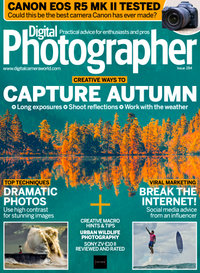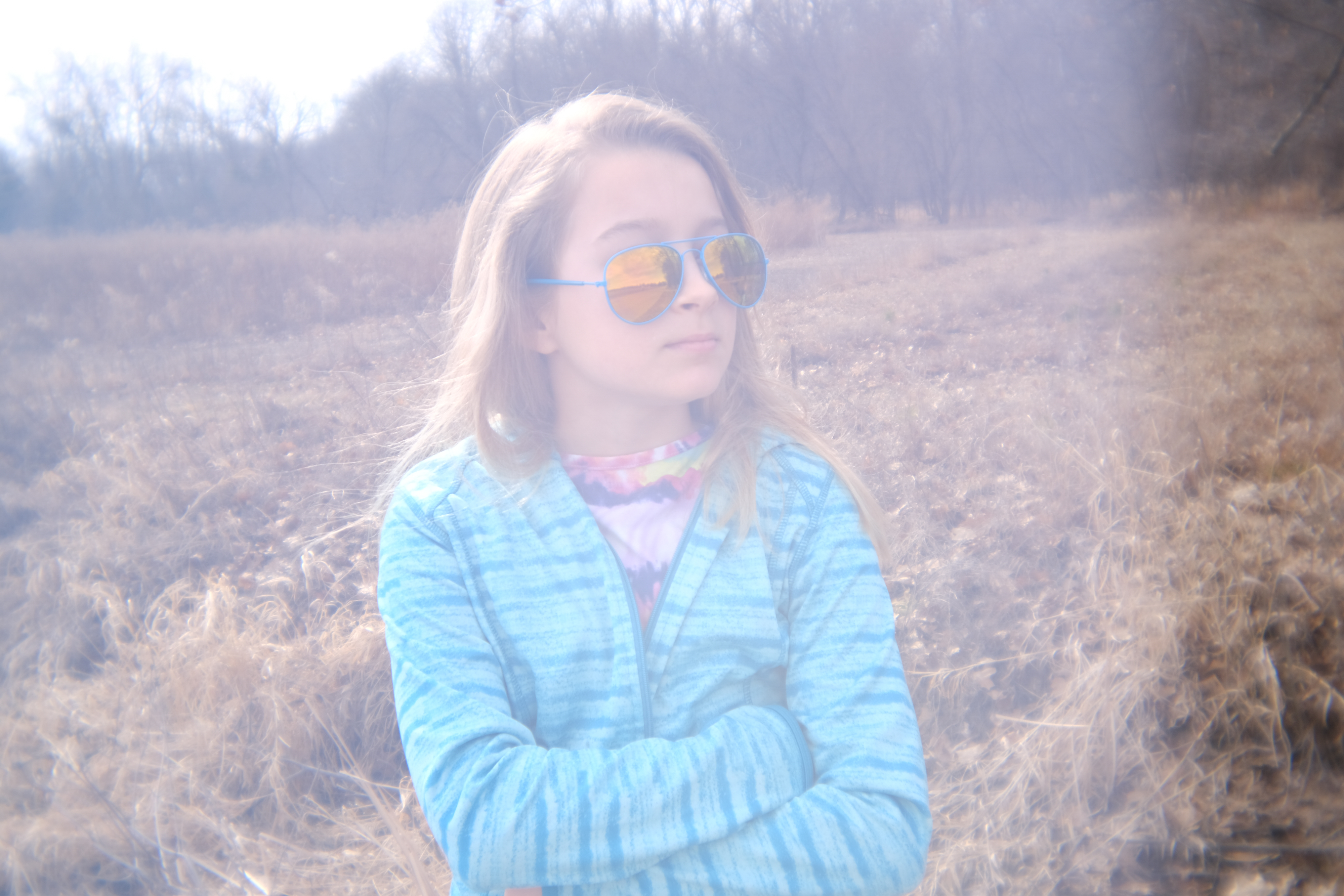"The direction, shape, and type of guiding lines contribute to the mood of a photo"
Ben Wootton discusses four key points for capturing atmospheric shots with a mystic touch
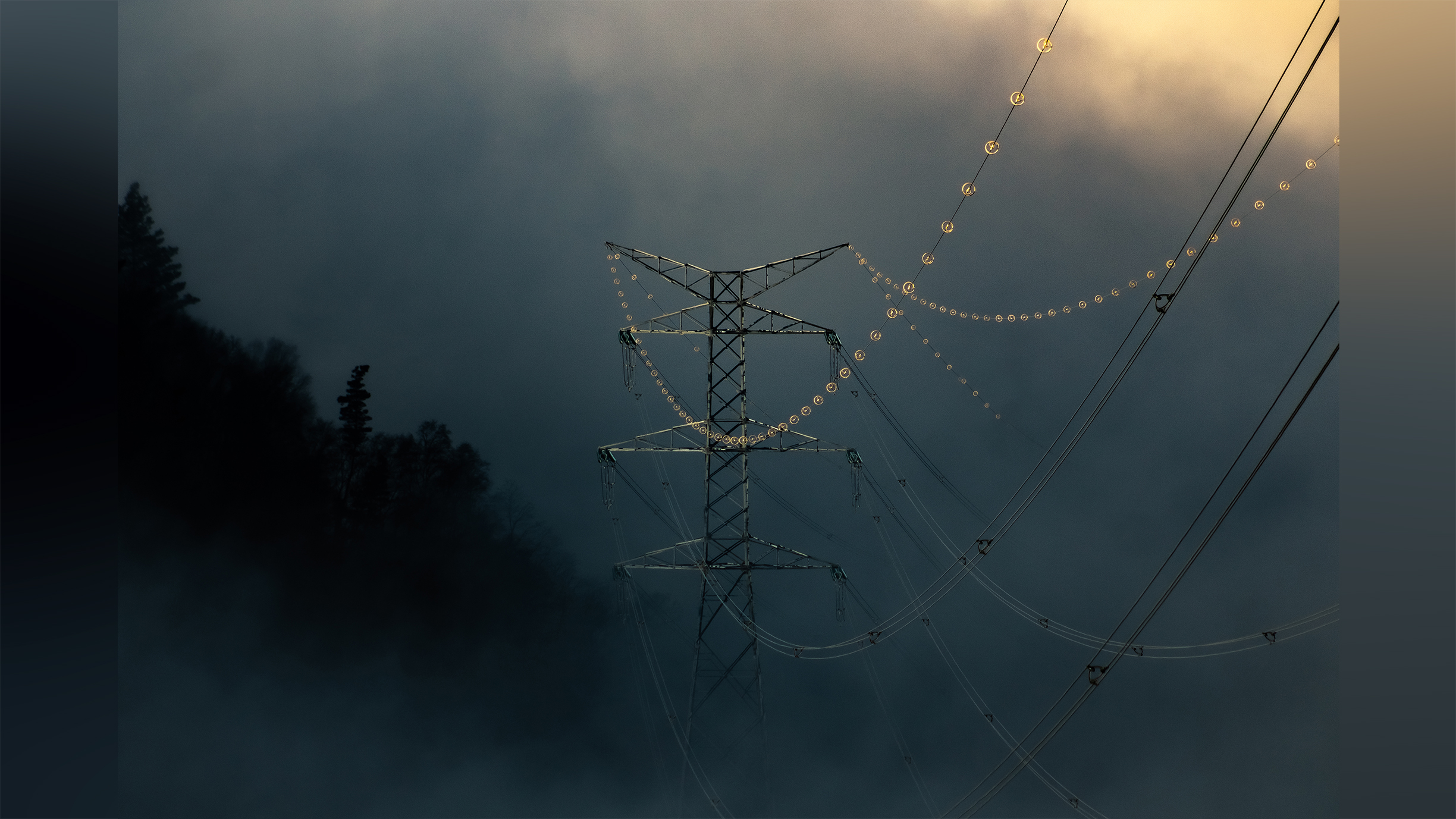
"Being able to slow down and visualize what’s in front of you allows you to live in a better place," Ben Wootton answered when I asked him about his passion for photography.
I had the privilege of interviewing him about his work and exploring his captivating photograph, "Nublado (Cloudy)." We uncovered the techniques he used to capture the image and discussed its profound impact.
1. Leading lines
"The power lines guide the viewer into the center of the frame," says Ben. Identifying strong lines within the scene is vital for creating a photograph with an impression while leading the viewer onto essential elements in the frame. "The direction, shape and type of guiding lines contribute to the mood of a photo," Ben explains. "For example, straight, converging lines might create a feeling of tension or urgency, while curved lines might convey calmness or sadness. In moody images, the lines I captured create the calmness from the moment."
2. Central subject
Ben placed the pylon in the center of the frame for a good reason. "In moody images, where the atmosphere and emotion are crucial, having the subject at the center ensures that it remains the focal point, enhancing the emotional intensity," he says. While composing the frame, he encountered a few challenges. "The most technical part was ensuring that I had the pylon in the center of the frame, not wasting any megapixels. One challenge I faced was that the clouds were rolling in pretty fast so I had to get the in-camera settings right and quickly."
3. Mystical character
The mist and clouds envelop the subjects in the frame, causing them to appear half-hidden. The carefully chosen colors also significantly enhance the ethereal and cinematic feel of the photograph. "I wanted to have the sense of the unknown in this image. Not knowing what is on the other side of the pylon really adds an extra element to this photo," says Ben. "In post-processing, I added a cool blue effect to underline the frame’s mystic feel. I also worked to make the pylon stand out a little more by adding some texture and sharpness, allowing it to pop."
4. Provide contrast
"In post-processing, I included a mask in the top right corner, where I added some orange gradient to balance out the blue from the cool clouds, this really emphasizes the depth of the image." The blues and oranges featured in this image are complementary colors, located opposite each other on the color wheel. "This contrast creates a visually striking effect, where both colors stand out more vividly and add drama to the image," Ben explains.
Tech details
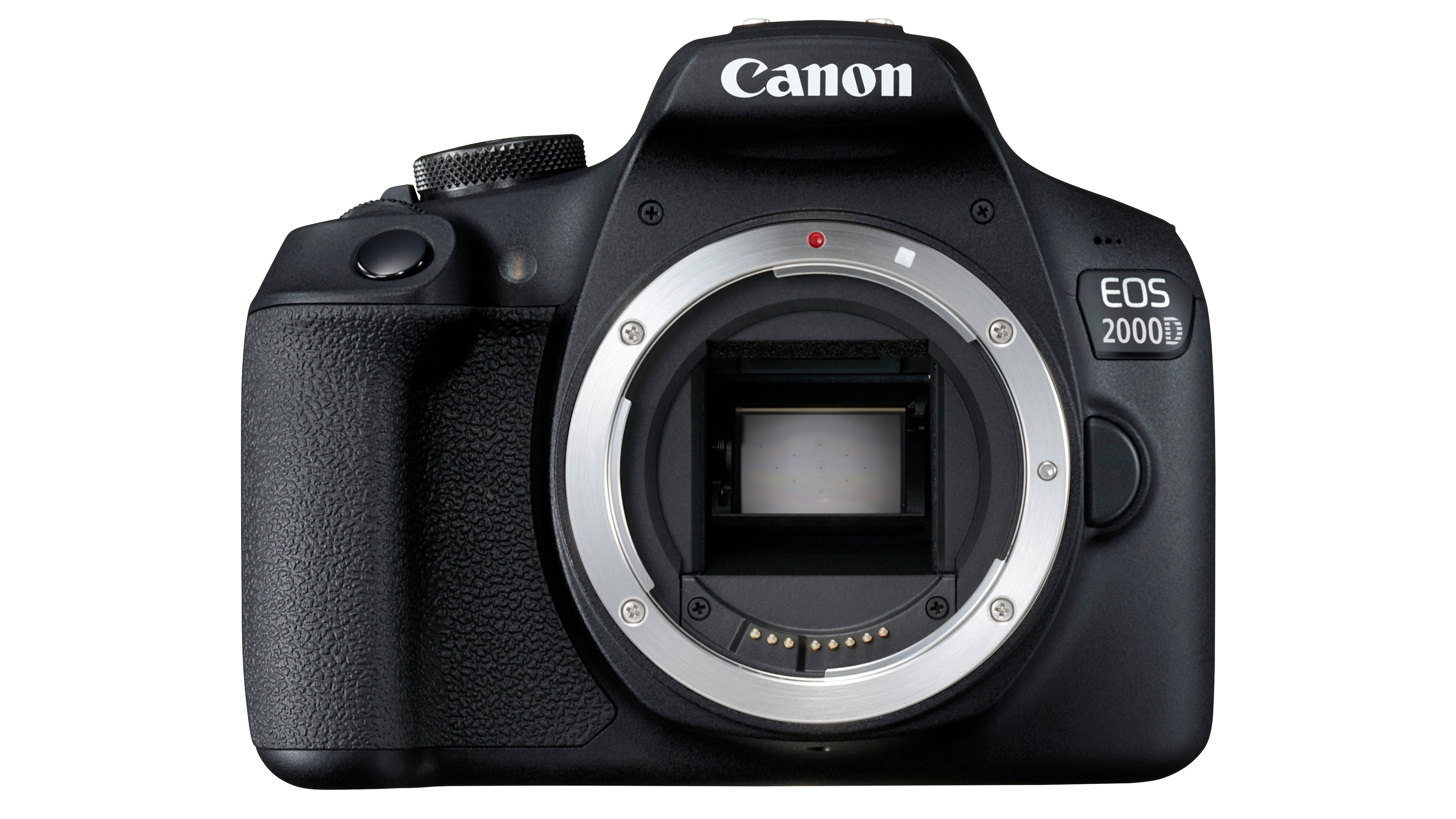
Camera: Canon EOS 2000D
Lens: Canon EF 75-300mm f/4-5.6 USM
Aperture: f/5
Shutter speed: 1/2000 sec
ISO: 100
Get the Digital Camera World Newsletter
The best camera deals, reviews, product advice, and unmissable photography news, direct to your inbox!
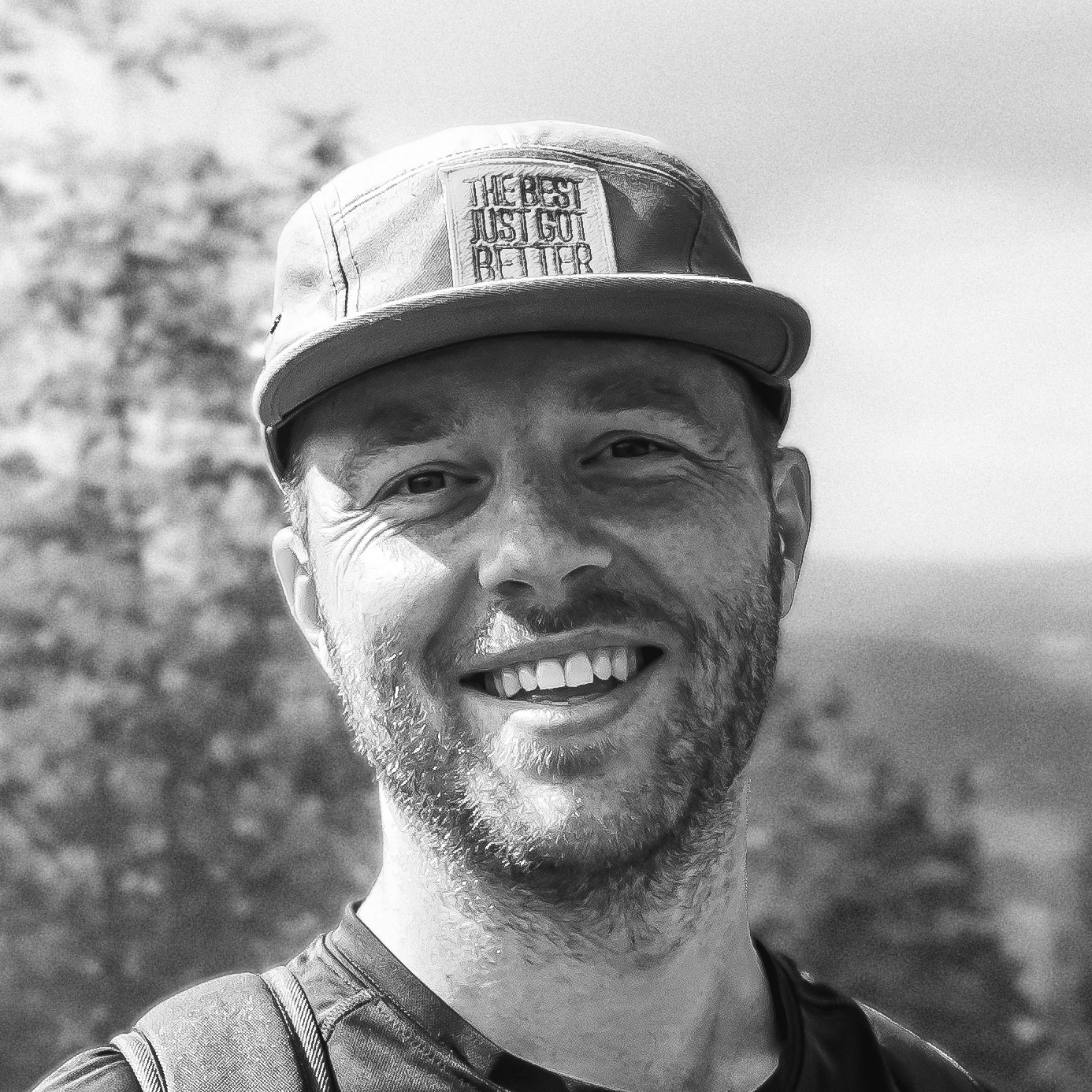
Ben Wootton is a photographer from Hampshire, UK, but currently based in the Basque Country in north-east Spain. His passion for photography is reflected in his work, which mainly focuses on nature, from landscapes and wildlife to detailed glimpses through his macro frames.
Wootton’s work has received recognition with his imagery gracing the pages of many magazines and publications, including Hampshire Life online magazine. Ben is also the author of the e-book Photography Beginners Guide.
Others in the Why Shots Work series
- Urban street photographer reveals his candid capture secrets
- Photographer tells story of getting up close and personal with a python
- Discover four key elements that make this stunning photo a success
- The 4 photographic decisions that take this motorsport shot to the next level
- Photographer tells story of his amazing shot of wallabies fighting on the beach
This article originally appeared in Digital Photographer, a monthly magazine, and the kitbag essential for pros, enthusiasts, and amateurs alike!
Inside, you'll find practical guides, shooting tips, and techniques from working photographers, plus all the latest industry news.
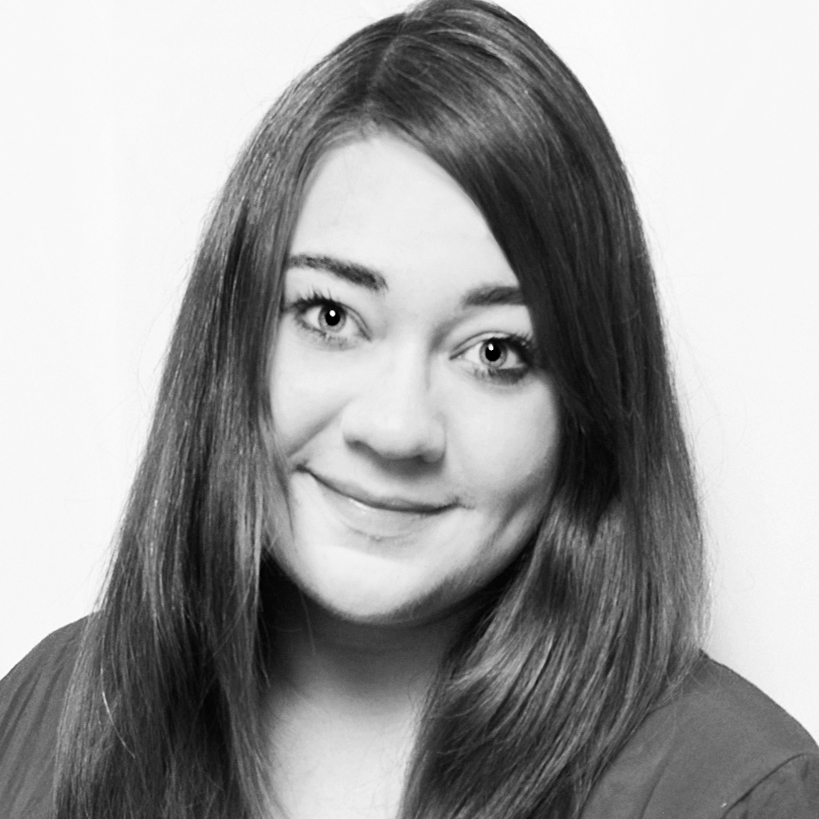
Kim is the Staff Writer on Digital Camera World, and formerly Technique Editor at Digital Photographer, focusing on the art and science of photography. With a Master’s degree in Photography and Media, she is driven to educate through an analytical approach, visually and technically. With her guides and tutorials, Kim seeks to uncover new facets of this time-honoured medium and foster a deeper understanding of its profound role in culture. Kim highlights topics that resonate with modern society, including women in photography and critical issues such as environmental conservation. She also discusses and reviews camera gear, giving you an overview to find the best fit for your photography journey.
You must confirm your public display name before commenting
Please logout and then login again, you will then be prompted to enter your display name.
